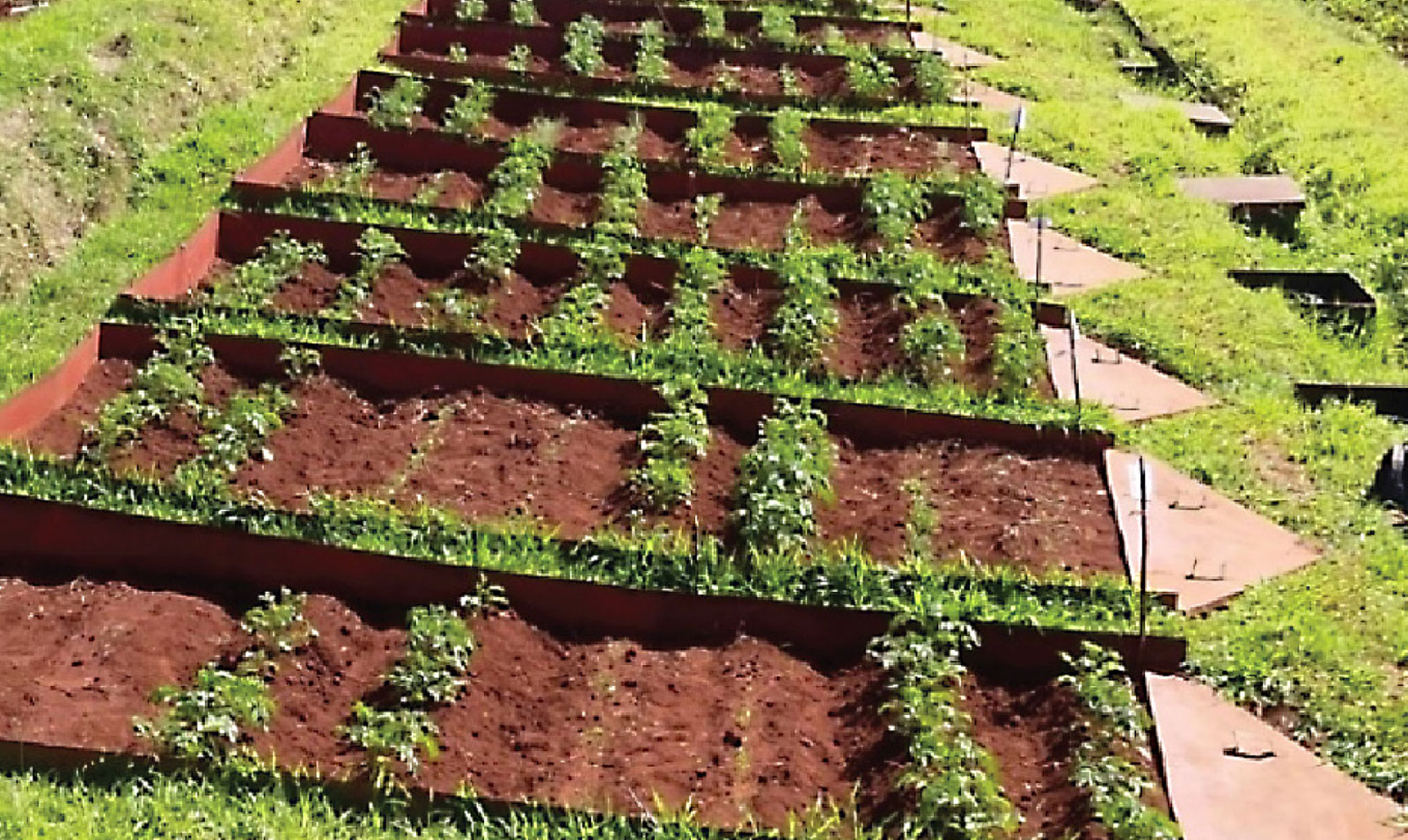[cs_content][cs_section bg_image=”https://annualreport2019.rtb.cgiar.org/wp-content/uploads/2020/09/fp2-top.png” parallax=”false” separator_top_type=”none” separator_top_height=”50px” separator_top_inset=”0px” separator_top_angle_point=”50″ separator_bottom_type=”none” separator_bottom_height=”50px” separator_bottom_inset=”0px” separator_bottom_angle_point=”50″ _order=”0″ _label=”Section 1″ style=”margin: -25px 0px 0px;padding: 0px;background-position: left top;background-size: 100%;”][cs_row inner_container=”true” marginless_columns=”false” bg_color=”transparent” style=”margin: 0px auto;padding: 250px 0px 0px;”][cs_column fade=”false” fade_animation=”in” fade_animation_offset=”45px” fade_duration=”750″ type=”1/1″ style=”padding: 0px 0 0px 0px;”][x_custom_headline level=”h2″ looks_like=”h3″ accent=”false” class=”cs-ta-left” style=”color: rgb(245, 130, 32);margin-top: 0px;”]Enhancing plant breeding through digitized data management[/x_custom_headline][/cs_column][/cs_row][/cs_section][cs_element_section _id=”5″ ][cs_element_layout_row _id=”6″ ][cs_element_layout_column _id=”7″ ][cs_element_image _id=”8″ ][cs_text]
A modern breeding program requires digitized data to make effective breeding decisions. This also enables accessing and sharing breeding data. Today, breeding lines in the field are labeled with barcodes, and traits are described using standardized descriptors allowing for a drastic reduction in errors. Breeding programs can then aggregate data, follow trends over time and locations, and apply various tools of analysis, thus increasing effectiveness. BreeDBase is a comprehensive breeding management and analysis software, set up in collaboration with the Boyce Thomson Institute, for sweetpotato, cassava, banana, and yam.
BreeDBase can be used to design field layouts and collect data using android-based tablets to characterize the plants to help breeders select the most promising ones. BreeDBase can also store genetic information and correlate it with the eventual phenotypes (how the traits are actually expressed in the plants), enabling new breeding methods such as genomic selection. Digitization helps breeding programs to meet timelines, because it is faster to get the data for analysis and also because it is faster to prepare and organize trials. The time and labor saved also helps to keep costs down.
Since 2018, RTB breeders have used the software to manage data generated throughout all the steps of their breeding cycle. National agricultural research system (NARS) partners mainly from Africa, are also adopting the tool, and have entered hundreds of trials into its databases, creating valuable resources for breeders around the world. Future development of BreeDBase will take it towards greater compatibility with other bioinformatics systems, coordinated by CGIAR platform Excellence in Breeding (EiB) and Cornell University.
[/cs_text][/cs_element_layout_column][/cs_element_layout_row][/cs_element_section][cs_section bg_color=”transparent” parallax=”false” separator_top_type=”none” separator_top_height=”50px” separator_top_inset=”0px” separator_top_angle_point=”50″ separator_bottom_type=”none” separator_bottom_height=”50px” separator_bottom_inset=”0px” separator_bottom_angle_point=”50″ _label=”Section 2″ style=”margin: 0px;padding: 30px 0px 45px;background-size: 100%;background-position: top;”][cs_row inner_container=”true” marginless_columns=”false” style=”margin: 0px auto;padding: 0px;”][cs_column fade=”false” fade_animation=”in” fade_animation_offset=”45px” fade_duration=”750″ type=”1/1″ style=”padding: 0px 0 0px 0px;”][x_share title=”SHARE THIS” share_title=”” facebook=”true” twitter=”true” google_plus=”false” linkedin=”true” pinterest=”false” reddit=”false” email=”true” email_subject=””][/cs_column][/cs_row][/cs_section][/cs_content][cs_content_seo]Enhancing plant breeding through digitized data management
A modern breeding program requires digitized data to make effective breeding decisions. This also enables accessing and sharing breeding data. Today, breeding lines in the field are labeled with barcodes, and traits are described using standardized descriptors allowing for a drastic reduction in errors. Breeding programs can then aggregate data, follow trends over time and locations, and apply various tools of analysis, thus increasing effectiveness. BreeDBase is a comprehensive breeding management and analysis software, set up in collaboration with the Boyce Thomson Institute, for sweetpotato, cassava, banana, and yam.
BreeDBase can be used to design field layouts and collect data using android-based tablets to characterize the plants to help breeders select the most promising ones. BreeDBase can also store genetic information and correlate it with the eventual phenotypes (how the traits are actually expressed in the plants), enabling new breeding methods such as genomic selection. Digitization helps breeding programs to meet timelines, because it is faster to get the data for analysis and also because it is faster to prepare and organize trials. The time and labor saved also helps to keep costs down.
Since 2018, RTB breeders have used the software to manage data generated throughout all the steps of their breeding cycle. National agricultural research system (NARS) partners mainly from Africa, are also adopting the tool, and have entered hundreds of trials into its databases, creating valuable resources for breeders around the world. Future development of BreeDBase will take it towards greater compatibility with other bioinformatics systems, coordinated by CGIAR platform Excellence in Breeding (EiB) and Cornell University.
SHARE THIS [/cs_content_seo]
[/cs_content_seo]